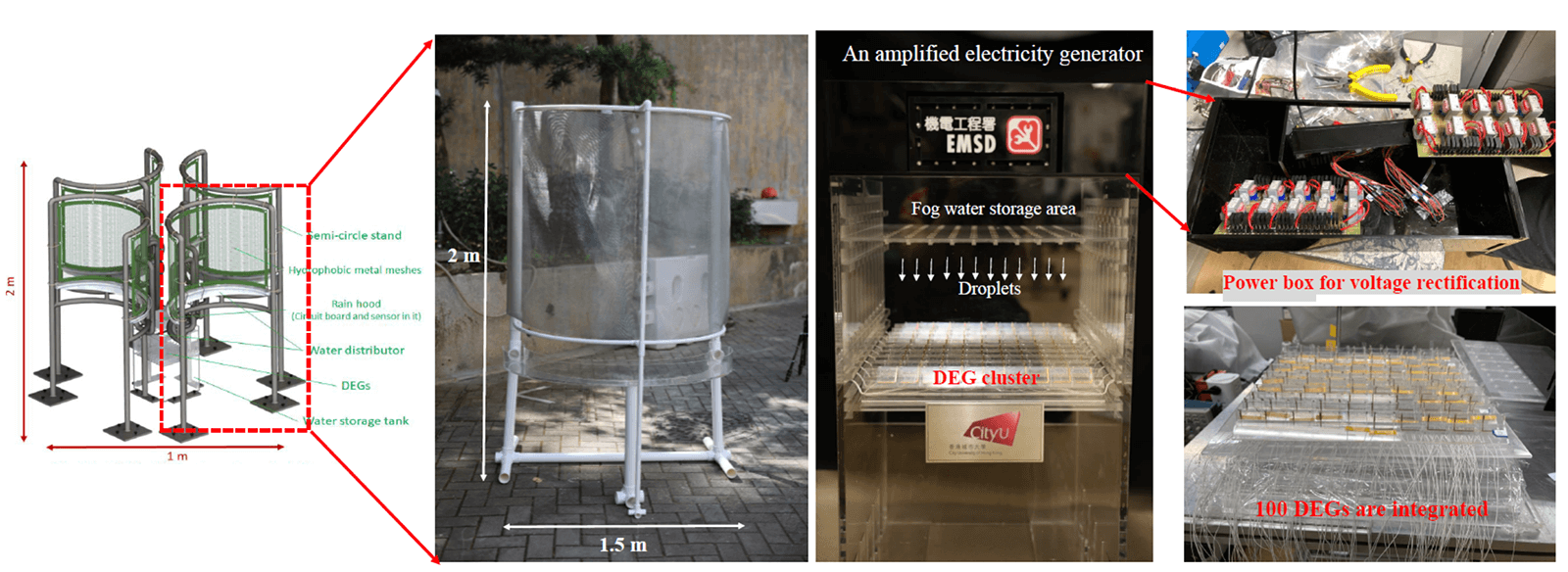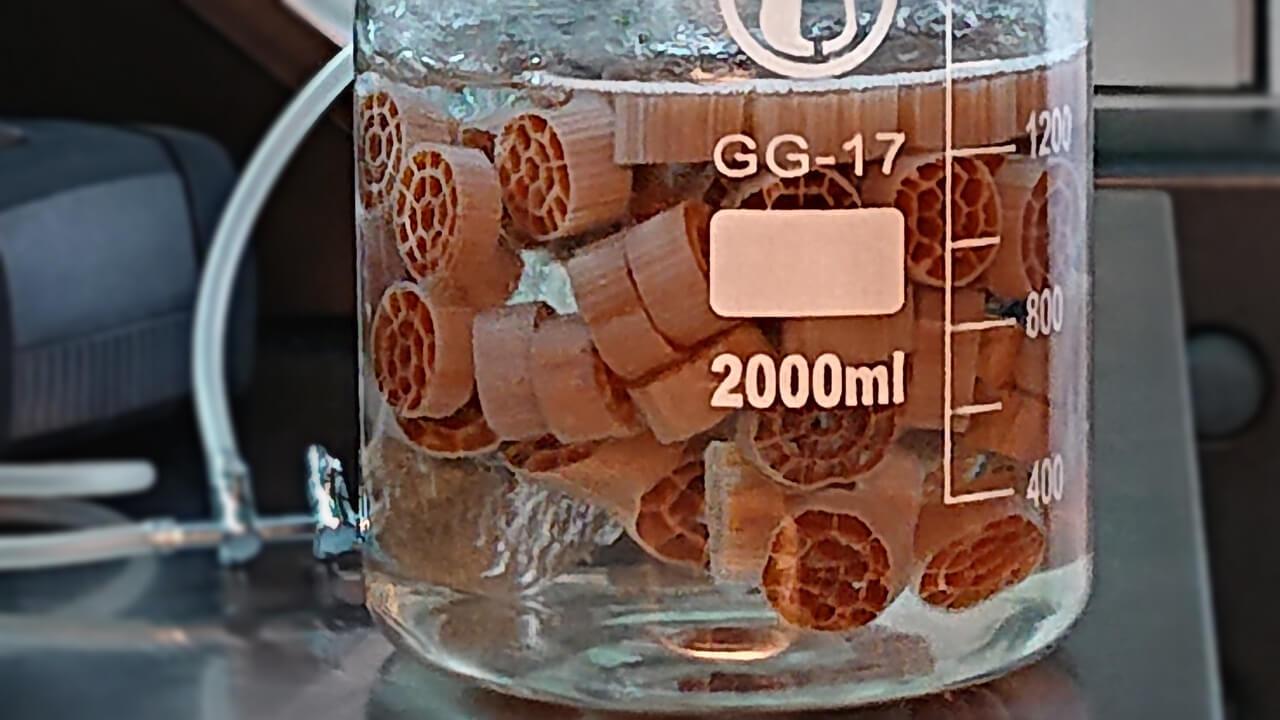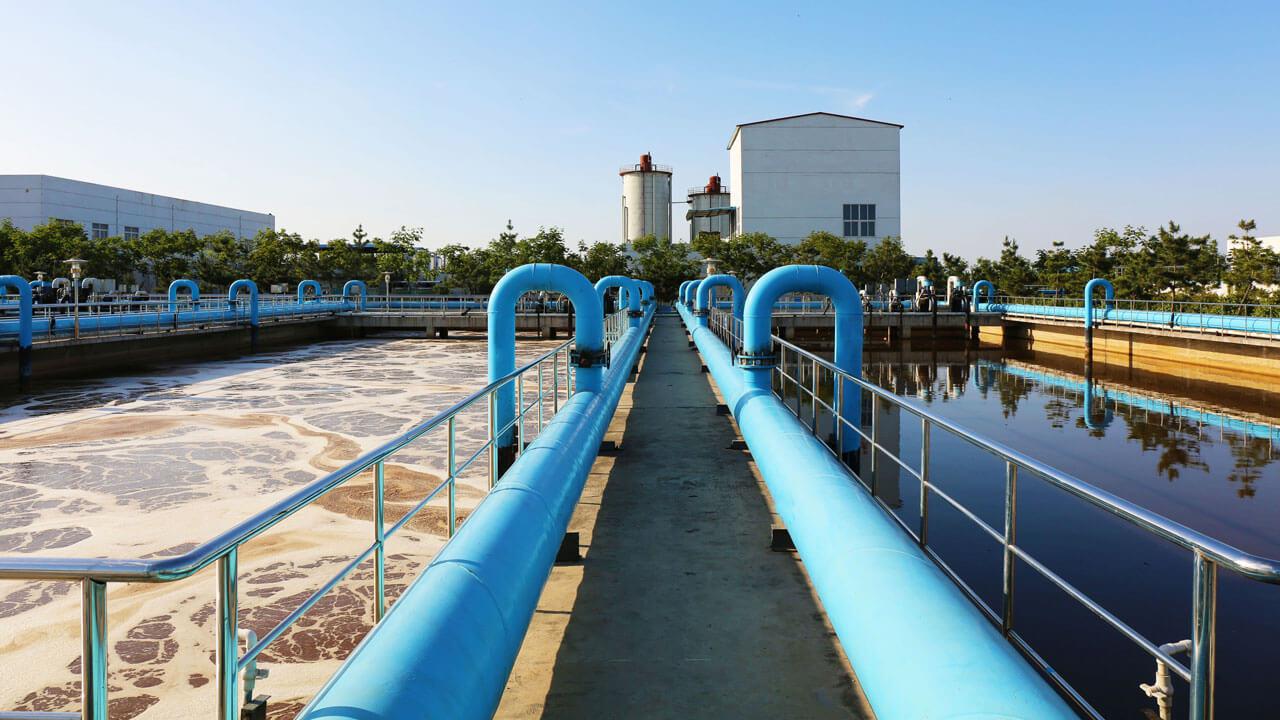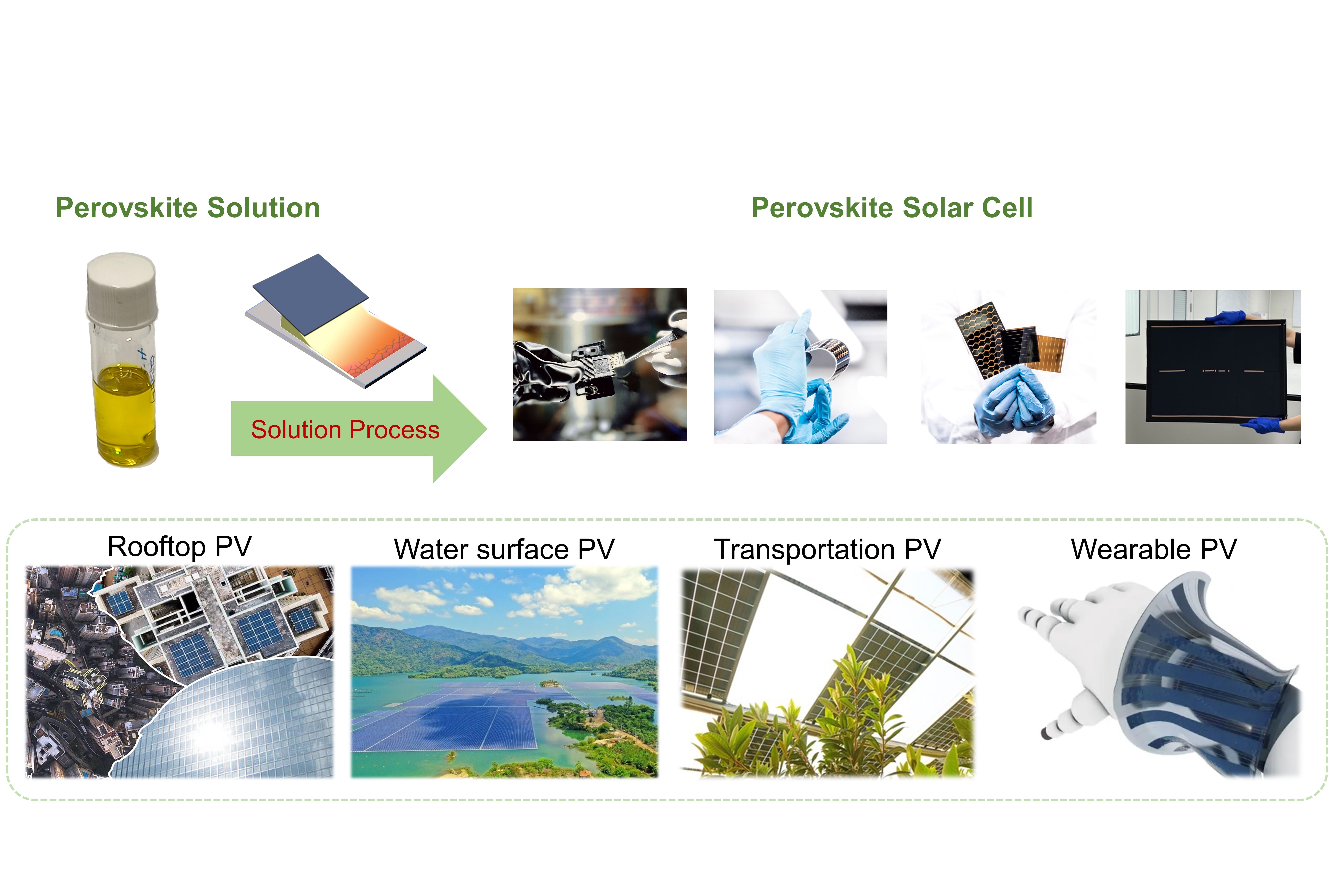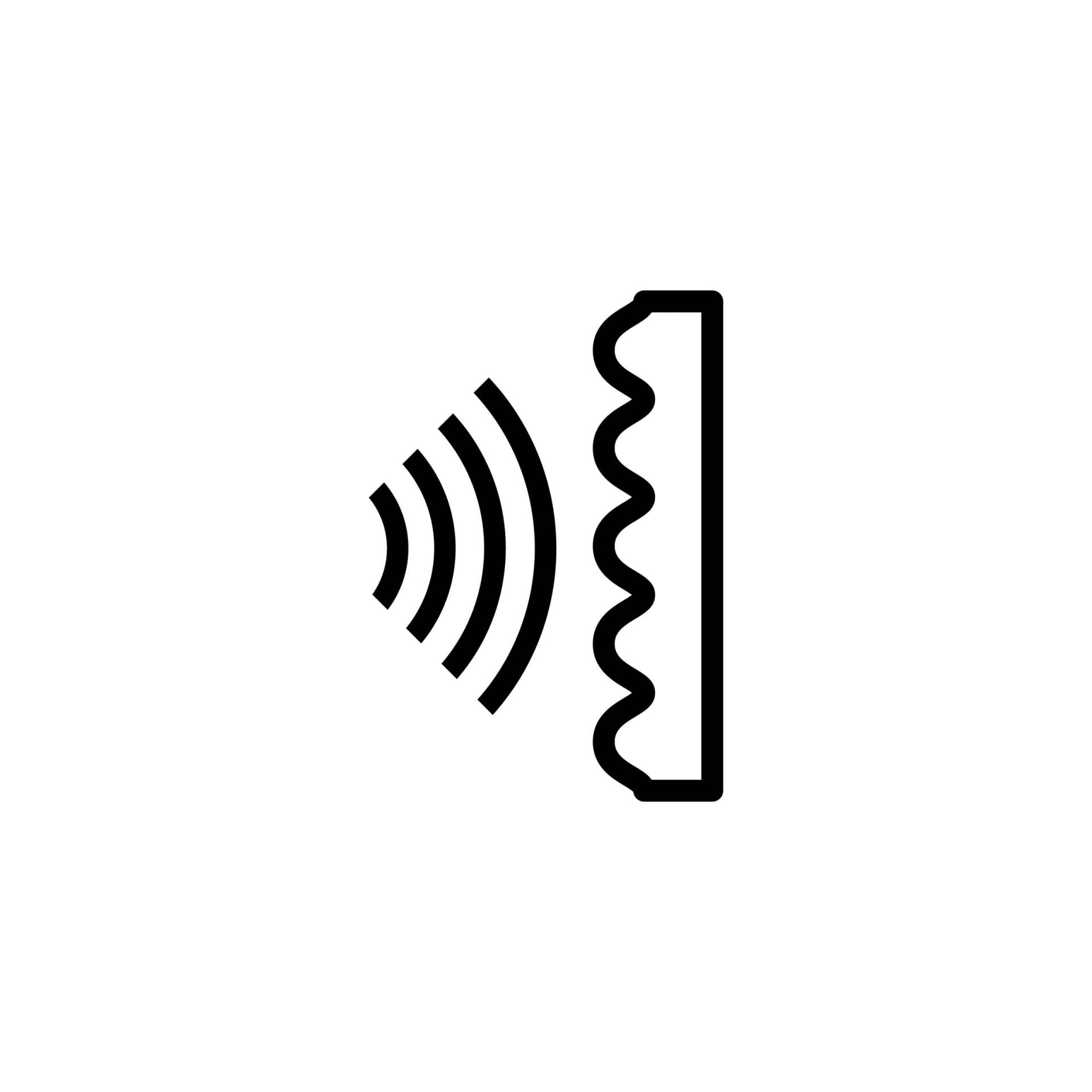
Portable and Ultrasensitive Formaldehyde Sensor for Air Quality Monitoring
CUHK has developed a portable laser sensor for formaldehyde detection with a detection limit of 0.6 parts-per-billion (ppb) for a measurement time of only 1 second. This sensor shows no interference from other gases surrounded in the environment. The gas detector may be applied in hospitals and homes for indoor air detection and industrial safety detection.
Formaldehyde is a carcinogen and “invisible killer”, which can be released from construction materials and furniture for many years. The portable formaldehyde detectors in the market use electrochemical methods that can only be used for high concentration detection and may be easily interfered by other gases. CUHK’s innovation makes formaldehyde “visible” in a fast, accurate, and easy way.
- Design and fabrication of a multipass-assisted mid-infrared laser absorption detection module to achieve high sensitivity.
- FPGA-based wavelength modulation spectroscopy for calibration-free formaldehyde detection
- This laser technology enables portable formaldehyde sensor with low power consumption and no need for chemicals and calibration
- Enhance the capability of fast and accurate indoor formaldehyde monitoring
- Reduce helath effects of formaldehyde
- Gold Medal at the “2021 Geneva International Exhibition of Inventions”
- Hospitals and homes for indoor air detection, cutting-edge experiment equipment and industrial safety detection
Founded in 1963, The Chinese University of Hong Kong (CUHK) is a forward-looking comprehensive research university with a global vision and a mission to combine tradition with modernity, and to bring together China and the West. CUHK teachers and students hail from all around the world. Four Nobel laureates are associated with the university, and it is the only tertiary institution in Hong Kong with recipients of the Nobel Prize, Turing Award, Fields Medal and Veblen Prize sitting as faculty in residence. CUHK graduates are connected worldwide through an extensive alumni network. CUHK undertakes a wide range of research programmes in many subject areas, and strives to provide scope for all academic staff to undertake consultancy and collaborative projects with industry.




















